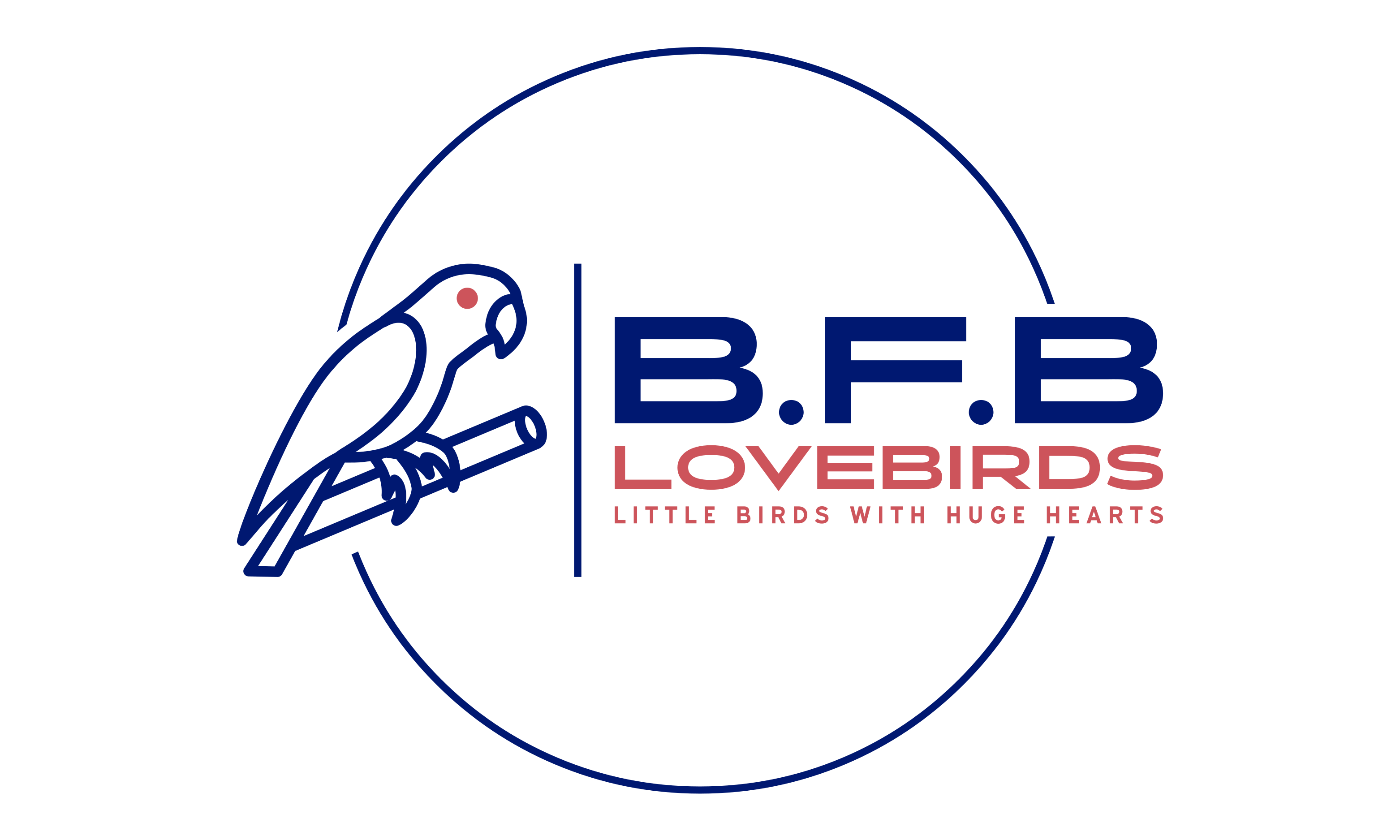The Allure of the Parblue Mutation in Lovebirds: Uniqueness, Rarity, and Value
When it comes to Lovebirds, enthusiasts and breeders are often captivated by the vibrant and varied colours these charming birds can exhibit. Among the numerous mutations that can occur, one stands out for its distinctive beauty and relative rarity: the Parblue mutation. Short for “Partial Blue,” the Parblue mutation creates a unique and stunning colouration that sets these Lovebirds apart from the rest. This article delves into the uniqueness of the Parblue mutation, its rarity, and why these birds command a higher price in the market.
What is the Parblue Mutation?
The Parblue mutation in Lovebirds refers to a genetic variation that partially reduces blue pigmentation in the feathers. Instead of a solid blue, this mutation results in an array of shades, often producing a beautiful blend of turquoise or sea-green. The term “Parblue” succinctly captures this partial blue colouration, making these Lovebirds easily recognisable and highly desirable.
Unique Characteristics of Parblue Lovebirds
1. **Distinctive Colouration**: Unlike standard blue Lovebirds, Parblue Lovebirds display a range of hues that can vary from bird to bird. This partial blue can mix with green and yellow pigments, resulting in a spectrum of captivating colours.
2. **Genetic Complexity**: The Parblue mutation involves complex genetic mechanisms. This mutation is generally inherited in a recessive manner, meaning both parents must carry the gene for the trait to be expressed in their offspring. This genetic complexity contributes to their rarity and distinctiveness.
3. **Combination with Other Mutations**: Parblue can combine with other genetic mutations, such as opaline, leading to even more unique and varied colourations. This combinatory potential further enhances the appeal of Parblue Lovebirds.
The Rarity of Parblue Lovebirds
Parblue Lovebirds are relatively rare compared to more common colour mutations. The recessive nature of the Parblue gene means that both parent birds must carry the gene to produce Parblue offspring. This requirement makes it less common for breeders to successfully breed Parblue Lovebirds, adding to their rarity.
The rarity is also influenced by the demand among breeders and enthusiasts. As more people seek these uniquely coloured birds, the supply remains limited, further emphasising their scarcity.
Why Parblue Lovebirds Command a Higher Price
1. **Unique Appeal**: The distinctive and varied colouration of Parblue Lovebirds makes them highly desirable. Bird enthusiasts are often willing to pay a premium for these unique traits.
2. **Breeding Challenges**: The genetic complexity and recessive inheritance of the Parblue mutation make breeding these birds more challenging. Breeders must carefully select and pair birds to produce Parblue offspring, which can be a time-consuming and uncertain process. This difficulty in breeding contributes to the higher cost.
3. **Limited Supply and High Demand**: The rarity of Parblue Lovebirds means there are fewer available in the market. High demand combined with limited supply naturally drives up the price.
4. **Aesthetic Value**: The stunning appearance of Parblue Lovebirds makes them a prized possession for collectors and breeders. Their unique hues can complement any aviary, adding aesthetic value that many find worth the investment.
The Parblue mutation in Lovebirds represents a perfect blend of genetic intrigue and visual splendor. Their unique colouration, relative rarity, and the challenges associated with breeding them contribute to their higher market value. For enthusiasts and breeders, owning a Parblue Lovebird is not just about having a pet; it’s about possessing a piece of natural artistry. Whether you are a seasoned breeder or a new enthusiast, the Parblue Lovebird is a captivating addition that embodies both beauty and rarity, making them a truly prized bird in the avian world.


